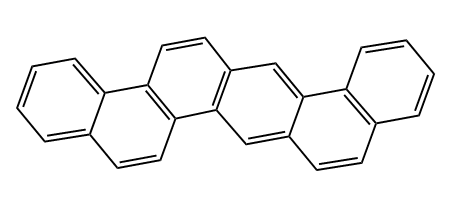Formula C18H12 Melting point 254 °C | Boiling point 448 °C Density 1.27 g/cm³ | |
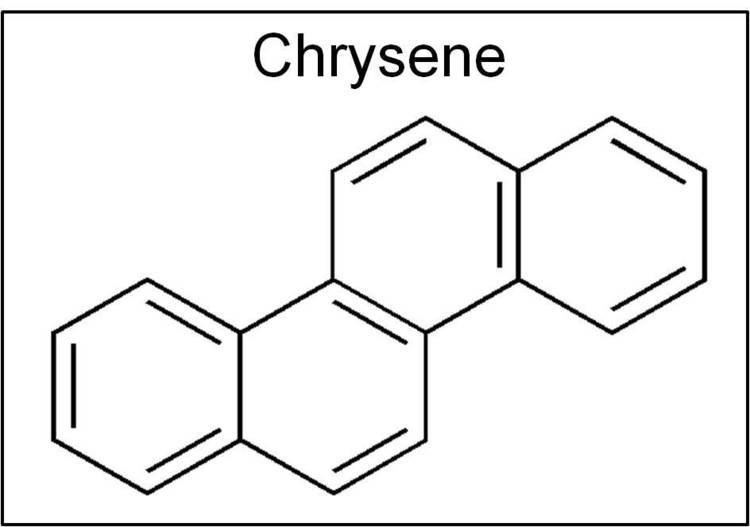 | ||
Related PAHs Appearance Orthorhombic bipyramidal plates | ||
Chrysene is a polycyclic aromatic hydrocarbon (PAH) with the molecular formula C
18H
12 that consists of four fused benzene rings. It is a natural constituent of coal tar, from which it was first isolated and characterized. It is also found in creosote at levels of 0.5-6 mg/kg.
Contents

The name "chrysene" originates from Greek Χρύσoς (chrysos), meaning "gold", and is due to the golden-yellow color of the crystals of the hydrocarbon, thought to be the proper color of the compound at the time of its isolation and characterization. However, high purity chrysene is colorless, the yellow hue being due to the traces of its yellow-orange isomer tetracene, which cannot be separated easily.
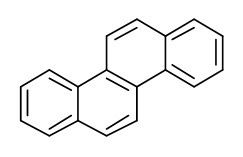
Occurrence

More than 20% of the carbon in the universe may be associated with PAHs, which have been implicated as starting materials for the formation of life. PAHs seem to have been formed shortly after the Big Bang, are widespread throughout the universe, and are associated with new stars and exoplanets.
Safety
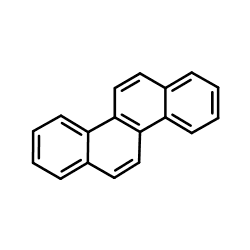
As with other PAHs, chrysene is suspected to be a human carcinogen. Some evidence suggests that it cause cancer in laboratory animals, but chrysene are often contaminated with more strongly carcinogenic compounds. Chrysene is estimated to be about 1% of the toxicity of benzopyrene.
Derivatives
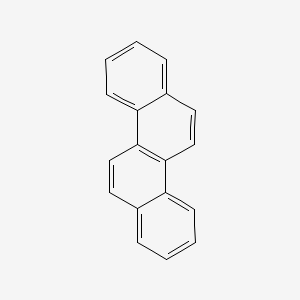
Derivatives of chrysene include tetrahydrochrysene and 2,8-dihydroxyhexahydrochrysene, which are estrogenic compounds. The experimental cancer drug crisnatol is a derivative of chrysene.
